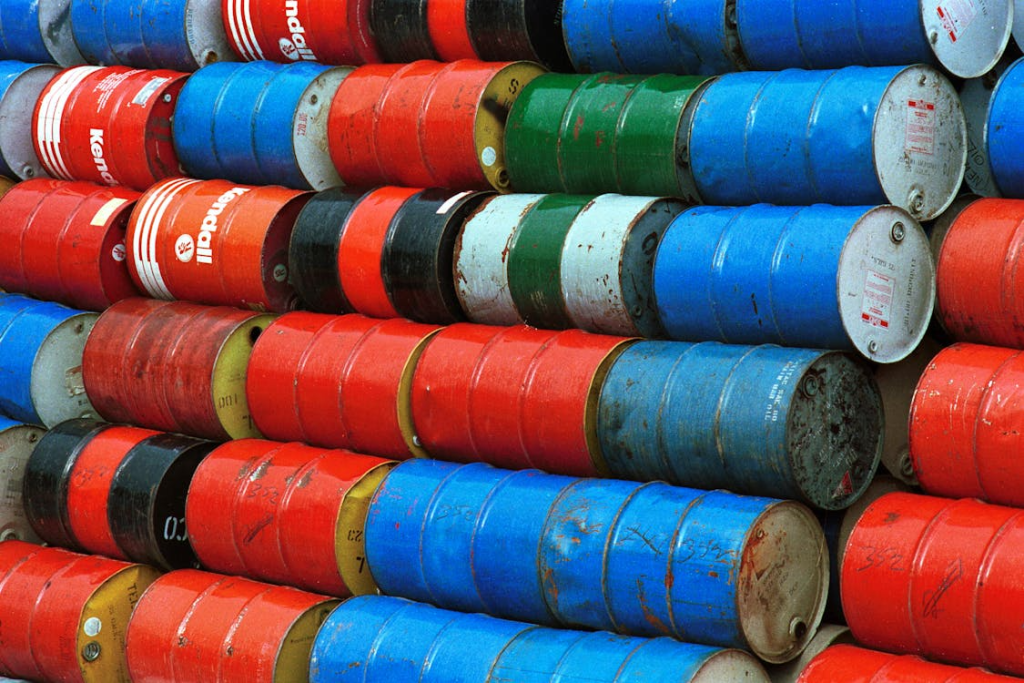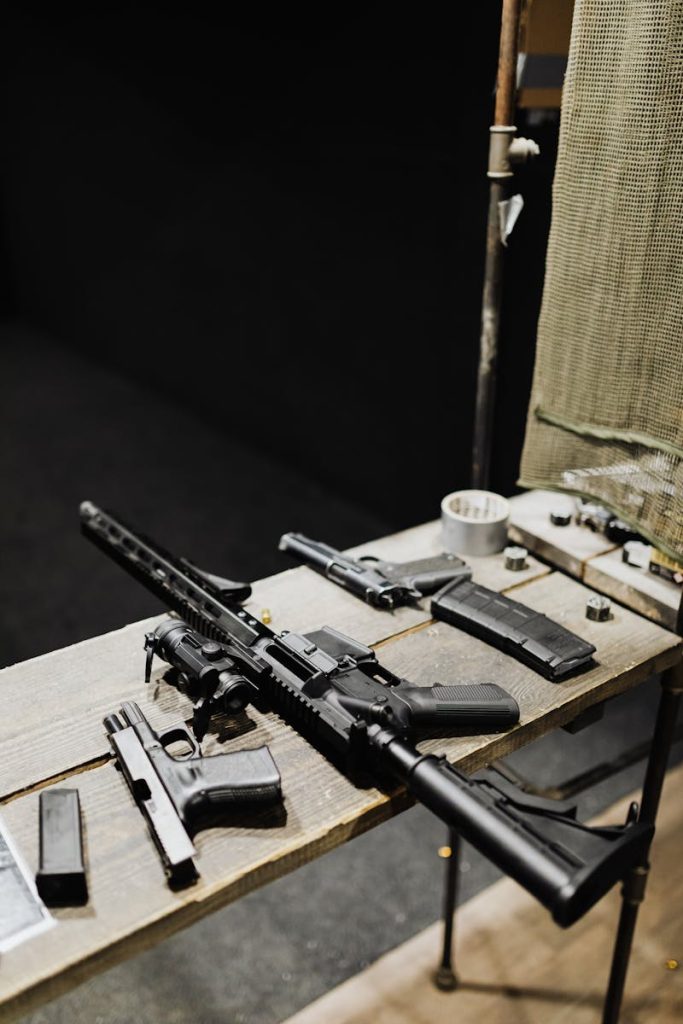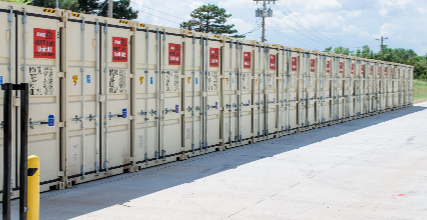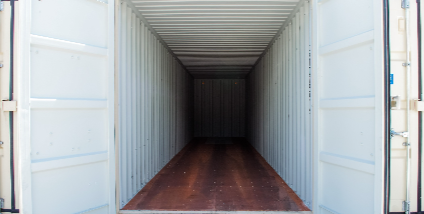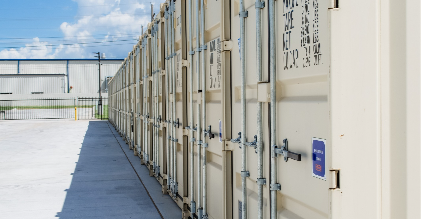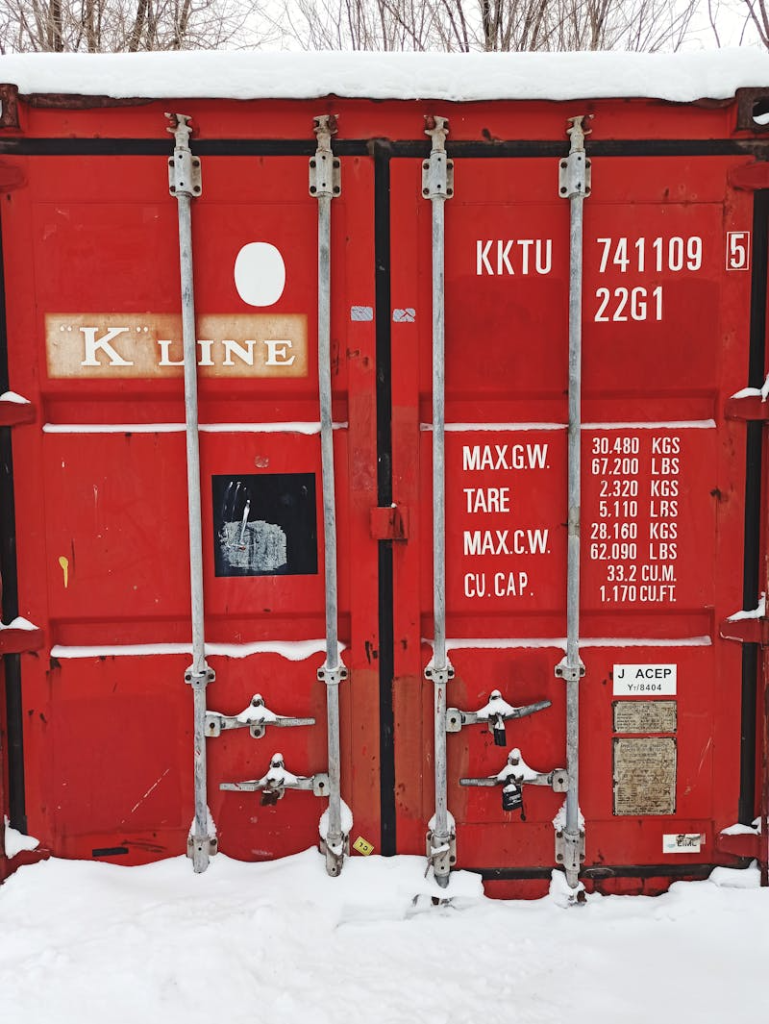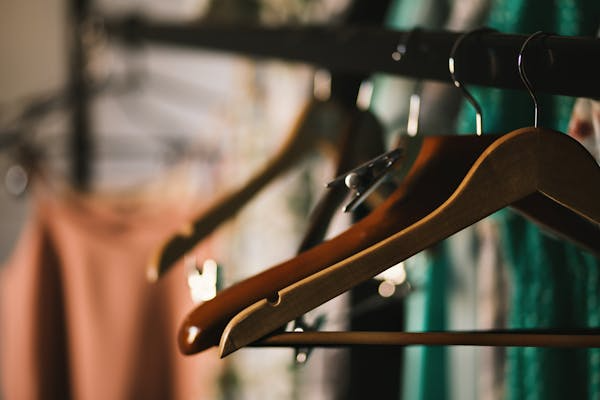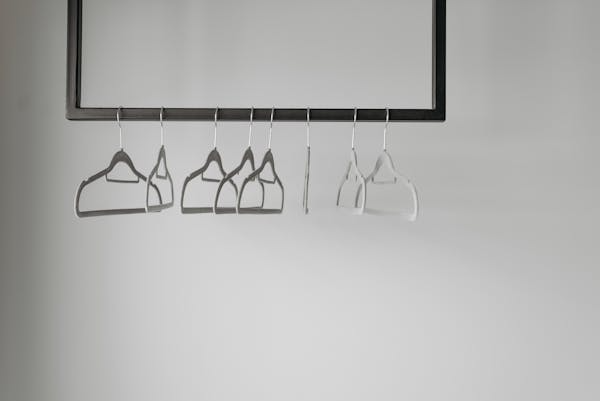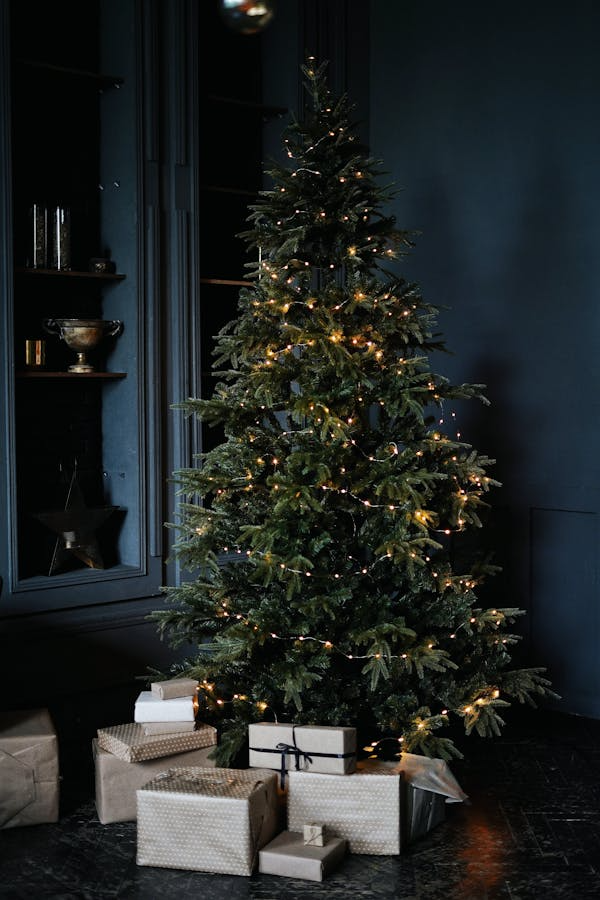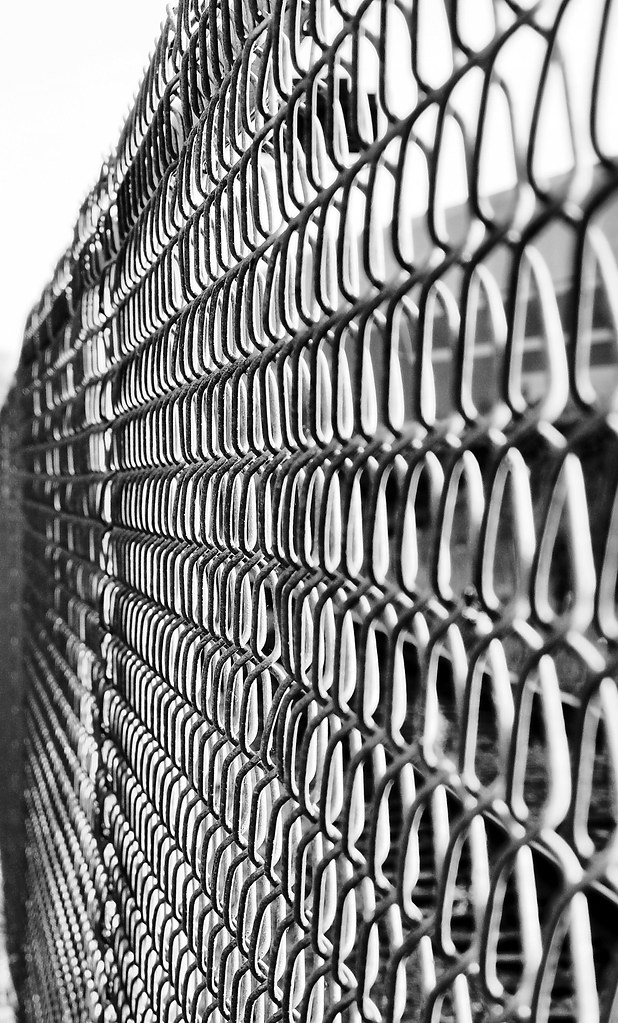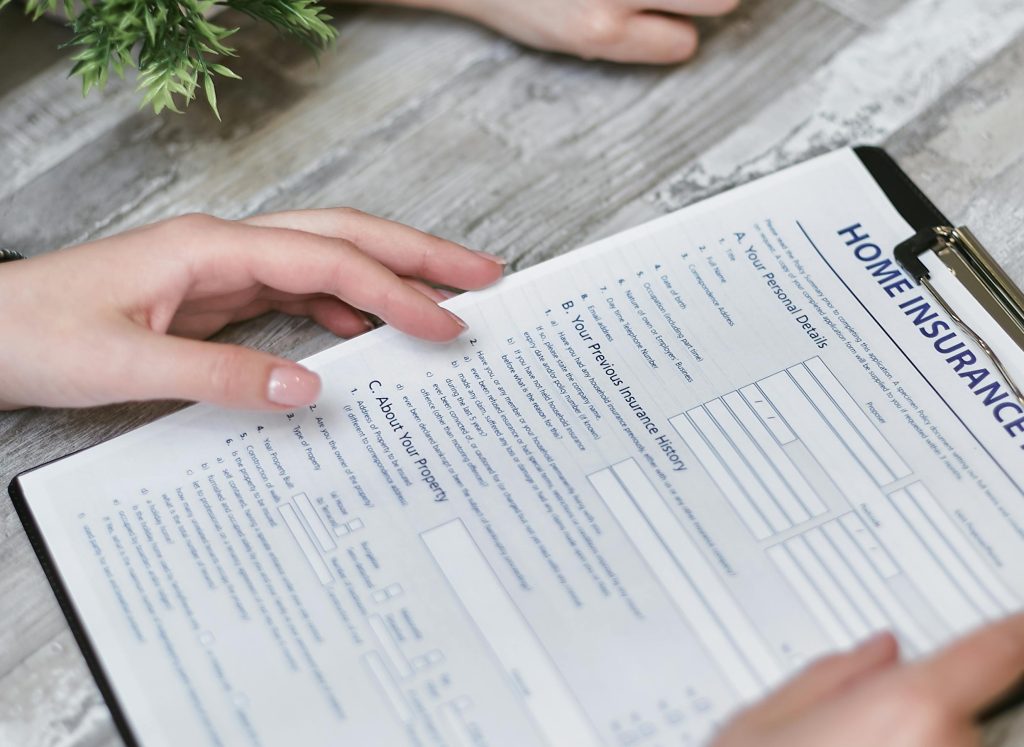The My Storage Box Guide to RV Storage Costs
RVing is a huge industry in the U.S. Right now it is a multi-billion dollar industry. According to Consumer Affairs, RV ownership has increased by a staggering 62% since 2001, and as of 2021, over 11 million households own RVs of some kind. And I believe this! Whenever I’m driving around (with my RV), I notice them everywhere. It’s not just in small towns or on acreage; people in suburbs and cities own them. Just drive around and you will see them in backyards, and even driveways or on the curb.
And it’s just getting started. Over the next five years, the market size is projected to grow another eight percent. But here’s a question: where are all of these RVs going to go? As in, where are they actually going to be parked? A lot of towns and cities have rules about this, as do HOAs, neighborhood associations, and so on.
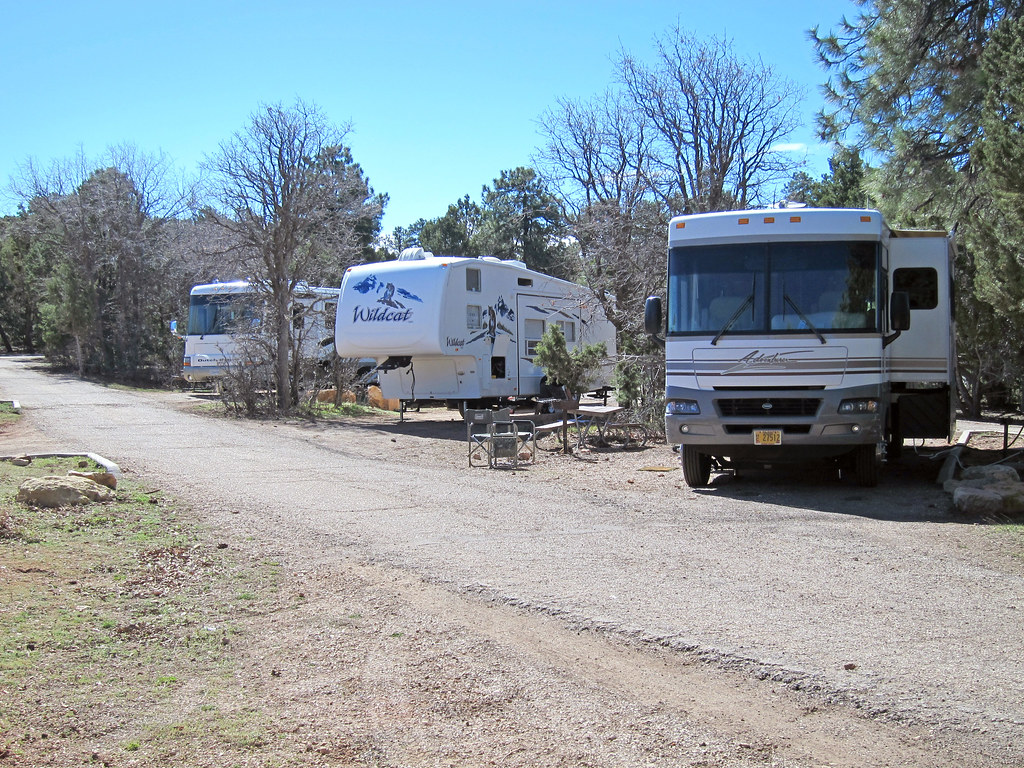
Understanding RV Storage Options
Storage space is a big deal because the industry is growing so much, so fast. Regardless of type, whether a motorhome or an RV trailer, RVs take up a lot of space.
Even if a town or city allows an RV to be parked there, it doesn’t mean that you’ll want to park it there. Most people would rather not take up their entire residential driveway to park a 35’ long travel trailer, and it will definitely take up the whole drive.
RV storage costs vary greatly depending on location, with prices ranging from $45 to $400 per month. Factors that affect cost include proximity to town, covered vs. uncovered spaces, and electrical hookups. First and foremost, electrical hookups are not absolutely necessary for your RV. There are lots of great options now for running solar trickle chargers to keep your battery fresh and healthy, which is really the only reason to keep electricity around and on when you park your camper (unless you are me and keep it plugged in to use the fridge for extra food storage 
Expect to pay more for covered spaces with electricity, and less for open spaces without hookups. In my opinion, having a covering is a lot more important than access to electricity, especially once you have it winterized and parked. Built up snow can cause real problems for RV roofs, so covered space is a big deal.
Some facilities may have waiting lists, so make sure you call ahead before the end of the season to get a spot.
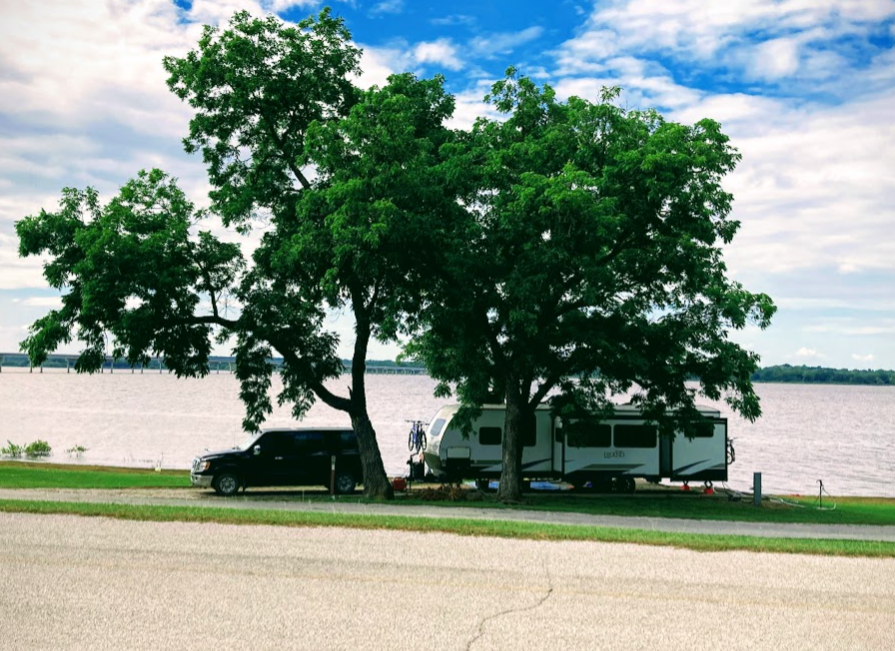
What is the Average Monthly RV Storage Cost Nationwide in the USA?
Now, take this section with a grain of salt. For instance, the middle of the country where we are located will cost less than places with higher demand and higher costs of living. California is the RV capital of the U.S., but costs there are much higher than here in general.
- The average cost of storing an RV at an indoor self-storage unit is around $150 per month.
- Outdoor RV storage typically costs less, around $100 per month.
- The size of the RV determines the cost of storage, with larger RVs requiring more space and costing more.
- RV owners can choose from indoor or outdoor storage options, depending on their needs and budget.
Obviously, the costs go up substantially if you go with covered storage, and even more if you want electrical hookups.
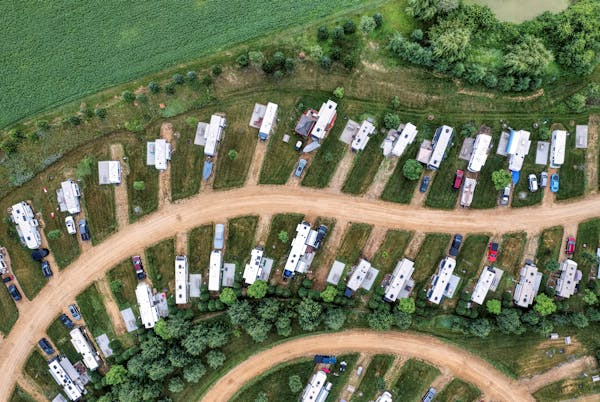
Factors Affecting RV Storage Costs
There are basically four factors that overwhelmingly affect the cost of RV storage across the board: location, type of storage (i.e., covered, open, etc.), amenities, and RV size and class.
- Location: RV storage prices are significantly influenced by your geographic location, with urban areas tend to have higher storage costs than rural or suburban locations.
- Type of Storage: The type of storage you choose also plays a role, with outdoor storage being the most affordable, followed by covered storage, and indoor storage being the most expensive.
- Amenities: Some storage facilities offer extra amenities such as 24/7 security, climate control, and electrical hookups, which continue to drive up costs.
- RV Size/Class: The size and class of your RV will impact storage costs, with larger RVs typically incurring higher storage fees.
Location and Size
Monthly storage rates can differ widely from state to state, and they often vary by population and demand in a specific area. RV lots that are located right by popular lakes are almost always packed, and they are pricey. Basic supply and demand.
Also, you will probably find that RV storage is more expensive in heavily populated areas, and urban areas with limited parking. These are especially prevalent and pricey near upper-end neighborhoods that usually have restrictions on parking RVs in the neighborhood.
RVs can vary from 8 feet for the shortest pop-up trailers to 45 feet for a large Class A motorhome. Most places don’t offer an 8 foot long spot, so if this is you, you might be paying for a lot of unused space.
Types of RV Storage
There are a couple of types of storage usually offered for RV storage. There are a few indoor, climate controlled options but generally people with the means for those just build a shop.
Outdoor Storage
This is the most budget-friendly option, where your RV is parked in an open, uncovered area. Most people do this just because it is practical and inexpensive. RVs are already expensive, so unless you have a truly high-end rig, this is just fine.
- Outdoor RV storage is typically less expensive than other types of storage and reasonably practical for some types of large RVs.
- The average monthly cost of storing your RV outdoors ranges between $30 and $100 each month, depending on your location, the type of storage, and the RV size.
Covered Storage:
In this type of storage, your RV is protected from direct sunlight and rain by a roof or canopy. The cost to keep your RV in a covered storage facility will cost considerably more, but again, this is dependent on where you live and how close your storage facility is to urban areas or to popular camping areas.
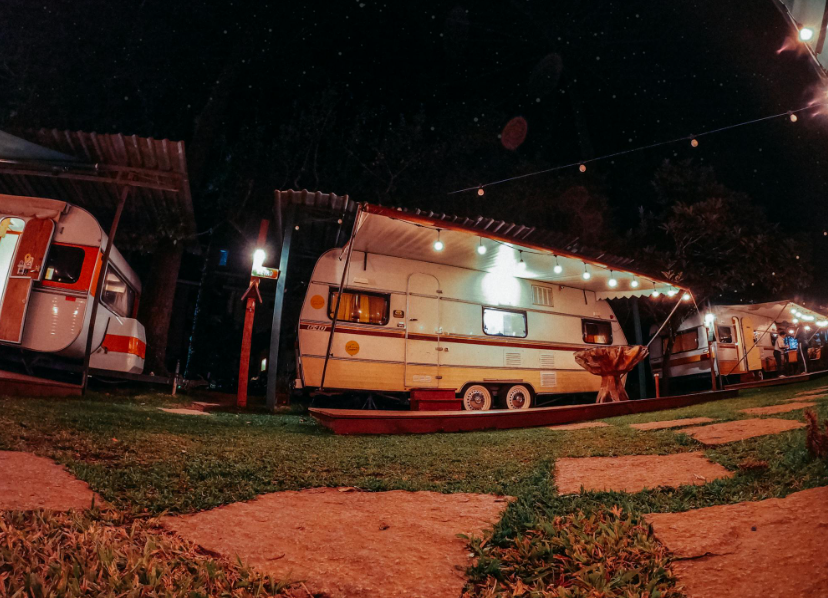
Additional Fees and Services
There are always a few additional fees to bear in mind when you set up RV storage.
- Security Deposit: Some facilities require a security deposit that will be returned if no damage occurs.
- Access Fees: Frequent access may result in extra charges, with some facilities offering unlimited access and others charging per visit. We don’t do this with our RV storage; you can get in whenever you like.
- Insurance: Many facilities now require RV owners to maintain insurance, which can add to the overall cost of storage. Granted, you should already have insurance on your RV to begin with, but make sure it satisfies their demands.
Tips for Saving on RV Storage
Here are a few of our best tips to save on RV storage.
- Long-Term Contracts: Many facilities offer discounts for longer-term contracts, making it a good idea to sign up for a year instead of month-to-month storage.
- Off-Peak Seasons: If possible, store your RV during the off-peak season when storage rates may be lower.
- Bundling Services: Some RV storage facilities offer additional services like maintenance or repairs, which can lead to cost savings when bundled with storage.
- Ask About Discounts: Inquire about discounts for veterans, seniors, or members of RV clubs and organizations.
- Finally, if you already have self-storage somewhere, see if they also offer RV parking. My Storage Box provides both services, so if you have a storage unit with us, make sure to check on outdoor parking, too.
Questions to Ask a Storage Facility
There are some questions that you should always ask when you go to set up RV storage. We suggest these to make sure you are getting the best deal and what you actually need.
- Is it a month-to-month lease?
- Can I cancel at any time without penalties or additional fees?
- Are there any current promotions or sales?
- Do you have wide drive lanes?
- What is the door height of the storage units?
- What are the access hours, and is access unlimited?
- Does the facility have gated entry and unique pin code access?
Make sure to ask the important questions before you get too far in the process; you don’t want to underbuy or overbuy storage for your RV.
Choosing the Right RV Storage Facility
So, how do you know that you have the right storage facility when there are so many? There are a few things to think about. For one, do you mind towing or driving your RV, or would you rather store it close by and just haul it to the campsite for camping? Consider the location, type of storage, and amenities offered by the facility.
Also, check the facility’s security measures and access hours. RVs are expensive and can be an attractive score for thieves, so you need to make sure it is a secure facility.
Ask about any promotions or discounts available, and read reviews and ask for referrals from other RV owners. If the place is cheap but hard to get to or is poorly run, it won’t be worth the time savings or cost savings.
Finally, if you are in the Ponca City area and need both a storage unit and are wondering about RV storage facilities in the area, give us a call at (580) 300-3006! We offer both, making it a most convenient purchase for you. In fact, you can store all of your camping essentials in a storage unit with your RV nearby and pack it all up when you’re ready to hit the road!

